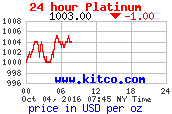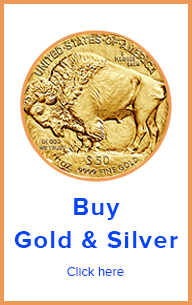White Gold
White Gold Jewelry

-
What is White Gold
-
White Gold Metallurgy
-
White Gold Fineness
-
White Gold Testing
This article explains what is white gold from the point of view of the gold buyer. As a gold buyer, I focus on what I will be able to extract from the gold alloy items I buy. For those interested beyond this, there are plenty of much more detailed articles.
What is White Gold
White gold is any gold-based alloy in which an additive has been added in order to “bleach out” the “yellow color” of the resulting metal. Thus, it could be said that white gold does not look “yellow”, but “white”. The use of the term “white” is vernacular for referring a gold alloy that instead of having the typical yellow tone, has a tone closer in look to silver, platinum, rhodium, or palladium (the other four precious metals). Not all white gold looks the same. The hue of white gold alloys ranges significantly. Other than color tone, all the other characteristics of the comparable typical yellow tone gold alloy are for the most part retained.
White Gold Metallurgy
In jewelry, white gold is achieved by casting pure gold together with a white gold alloy. White gold alloy has nickel mixed with other elements. Dental white gold is a medical application. Thus, since nickel is toxic as an implant, for the most part, palladium is used instead. Although I haven’t encountered, white gold can also be achieved with manganese. Platinum is also used for this purpose, but the melting temperature of platinum is so much higher than that of gold, that it is a lot less common. This article is about jewelry white gold, so that is the focus of this. Another option for making white gold jewelry is to buy white gold casting grain, therefore not having to create the mix. Yet another option, is casting is not needed, is to buy already made white gold stock. This latter is white gold already in the form of bars ready to be tooled.
For sure, white gold, other than color, has most of the same finished product characteristics as yellow gold. However, from the metallurgical and jewelry making point of view, white gold behaves differently than yellow gold. To begin with, casting white gold differs very minor, but significant ways, to casting yellow gold. Although the process of casting is basically the same, white gold casting is maybe more demanding, and subject to unacceptable flaws for slight reasons that would not be issues with yellow gold. An example of this would be pitting in the resulting metal. In addition, white gold tends to be more brittle than comparable yellow gold alloys. For example, white gold prongs can become weaker, or even break off if manipulated a little bit too much. In addition, white gold is much harder to reuse, although it is commonly done. An expert goldsmith will not have any problem with this white gold issues, though.
White Gold Fineness
White gold ranges from 18K (750 parts per 1000, 75%) fine to below. At over 18K fineness, there is not enough proportional mass of white gold additive to actually achieve the effect of bleaching out the yellow tone out of the resulting metal. Thus white gold is typically 10K, 14K and 18K. Due to taxation matters, 9K white gold is common in the U.K. and 8K in Germany.
Testing White Gold
From the point of view of a gold buyer, the most relevant gold test is the electronic test. It this type of test 18K white gold tends to test closely in result to platinum. For example, when I test 18K with either of my Tri-Electronics testers, the typical result is “18K White Gold” or “Platinum”. So that is something to be aware of for sure. The chemical rub test gives the same results for comparable white and yellow gold.
In summary, white gold is a gold based alloy in which an additive has been applied such that the gold tone of the metal has been bleached out. Although the end result, other than the color tone, has basically the same feel as yellow gold, there subtle but important metallurgical differences.
Resources
United Precious Metals Refining


![[Most Recent Quotes from www.kitco.com]](http://www.kitconet.com/charts/metals/gold/t24_au_en_usoz_2.gif)
![[Most Recent Quotes from www.kitco.com]](http://www.kitconet.com/charts/metals/silver/t24_ag_en_usoz_2.gif)
![[Most Recent Quotes from www.kitco.com]](http://www.kitconet.com/charts/metals/platinum/t24_pt_en_usoz_2.gif)










